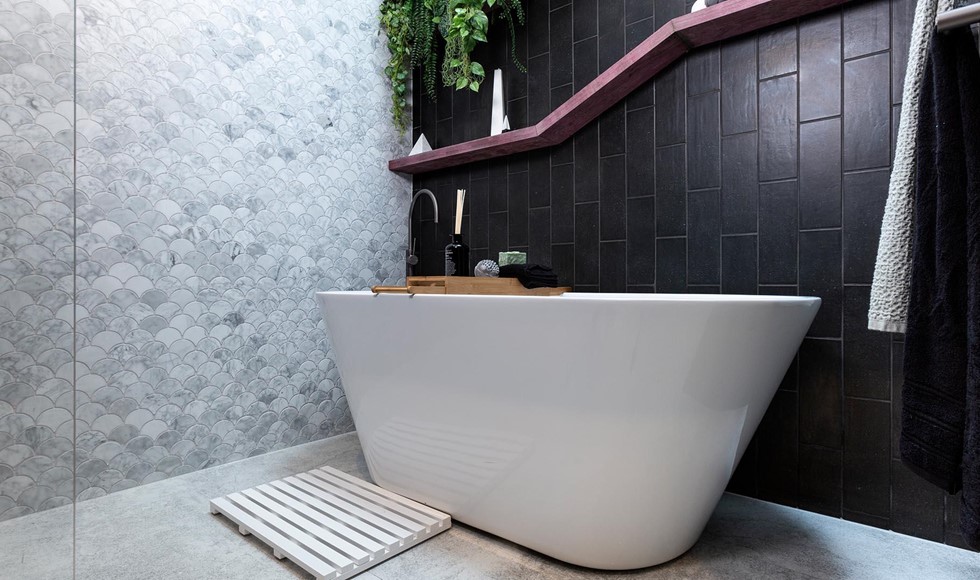
Where does the mould fungus come from?
There are a number of people in our industry who still believe that polished, honed or lappato porcelain tiles should be sealed. We believe this is a market reaction to lower quality (less dense) porcelains being imported. We generally find that these inferior polished porcelains have significantly reduced stain resistance and in the natural form, will stain easily.
How does mould fungus spread?
The main factors are:
- High humidity
- Warmth and poor ventilation
- Washing residues, soap etc
Can a good silicone prevent this?
The greater number of all silicone sealant materials in the market are fungicidal, that is fungus retarding, including all silicones from Tile Warehouse’s product range.
When the fungus spores germinate, the fungicide is taken up into the cell of the fungus and is then destroyed. At the same time the fungicide is gradually used up. A long-term effect can only be achieved with highly poisonous chemicals, these are, of course, prohibited by the legislators.
The Federal Health Ministry recommends a so-called spatial load limit. This upper limit must not be exceeded by fungicides, which are given off from the silicone joints. Maxisil products keep to these load limits and offer a sensible balance of good effectiveness and compatability.
How does one prevent mould fungus forming?
The most effective, simplest and healthiest method is to deprive the spores of the possibility for growth. Silicone joints should be rinsed after taking a shower, then dried with a cloth. The silicone joints should be cleaned with a normal household cleaner, rinsed and dried once a week. Also regular airing of the room cannot be over emphasised. Joints contaminated by the mould fungus must be treated with a massive chemical dose. Cutting out and renewal is the only permanent solution.












